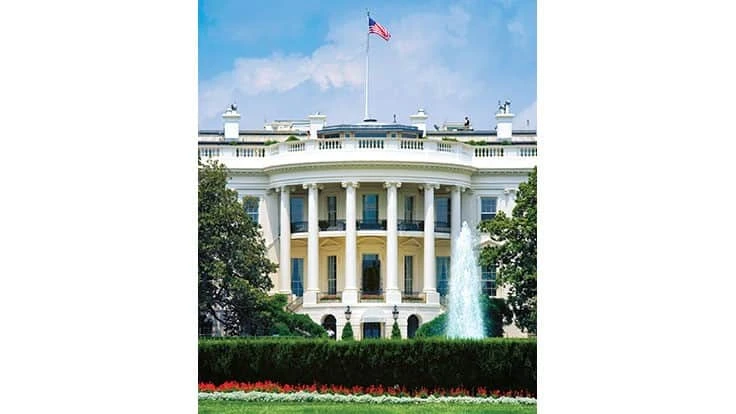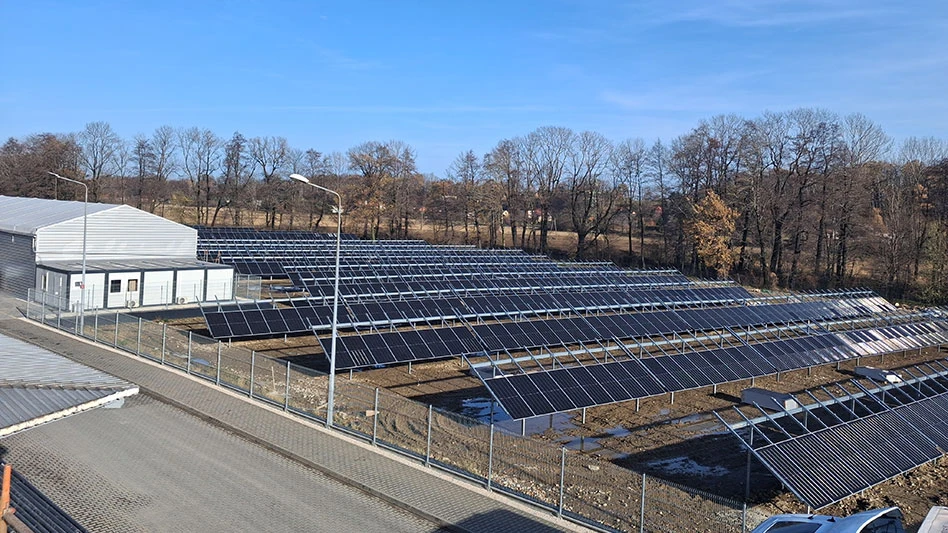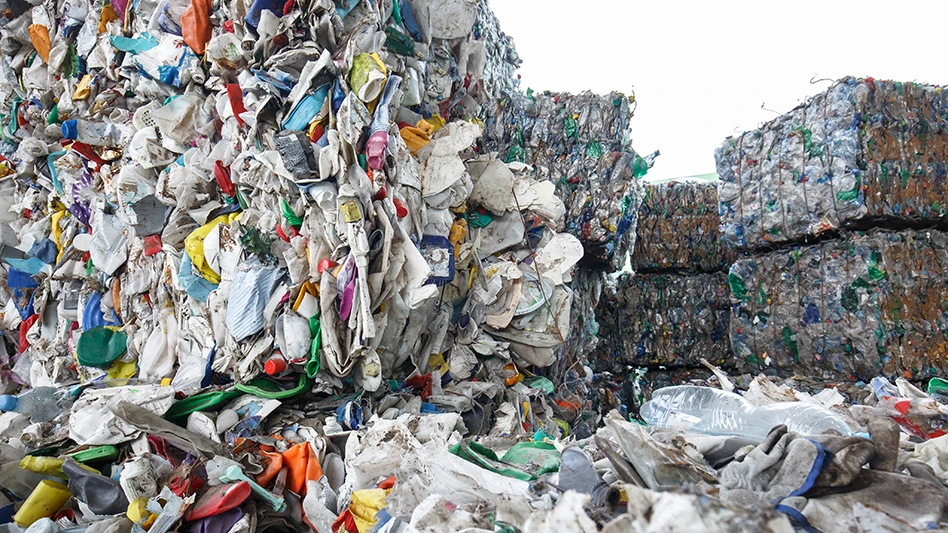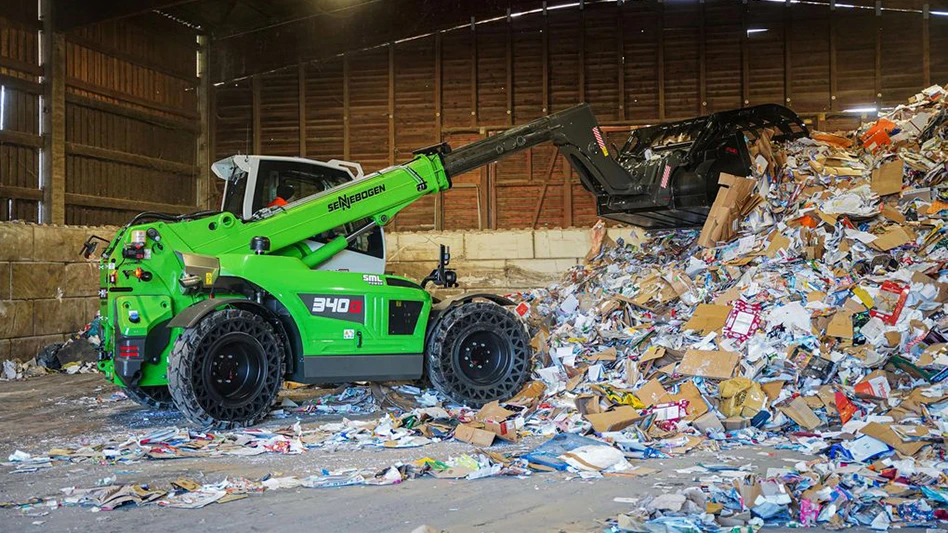
A coalition of community and conservation organizations that includes the Center for Biological Diversity released its Presidential Plastics Action Plan Dec. 8. The plan urges President-elect Joe Biden to take eight key executive actions to solve the plastic pollution crisis and become a #PlasticFreePresident.
In response, the Plastics Industry Association and the American Chemistry Council instead urge bipartisan action in Congress that includes improving recycling infrastructure in the U.S.
Among the actions the coalition advocates for are a moratorium on new plastic production facilities, using federal purchasing power to curb single-use plastics, tightening regulation of the petrochemical industry, ending fossil fuel subsidies and protecting environmental justice communities from pollution.
According to a news release issued by the coalition, “The plan responds to the plastic industry’s aggressive expansion of facilities using the country’s oversupply of fracked gas to make throwaway plastic that fills our oceans, landfills and landscapes.”
The coalition also claims that petrochemical plastic projects are harmful from an environmental justice perspective and worsen the climate crisis and the impact of the pandemic.
“President-elect Biden can begin solving the plastic pollution crisis in his first days in office without any help from Congress,” Julie Teel Simmonds, a senior attorney at the Tucson, Arizona-based Center for Biological Diversity, says. “Implementing this historic plan would protect vulnerable frontline communities and marine life while addressing a key driver of climate change. It’s time to rein in the fossil fuel industry’s insidious plans to keep fracking for plastic and polluting poor communities here and around the world.”
The Presidential Plastics Action Plan proposes eight actions for executive orders:
- use the purchasing power of the federal government to eliminate single-use plastic items and replace them with reusable products;
- suspend and deny permits for new or expanded plastic production facilities, associated infrastructure projects and exports;
- make corporate polluters pay and reject false solutions;
- advance environmental justice in petrochemical corridors;
- update existing federal regulations using the best available science and technology to curtail pollution from plastic facilities;
- stop subsidizing plastic producers;
- join international efforts to address the global plastic pollution crisis through new and strengthened multilateral agreements; and
- reduce and mitigate the impacts of abandoned, discarded and lost fishing gear.
“Plastic pollutes at every stage of its existence, from extraction use to disposal,” says Julia Cohen, co-founder and CEO of Plastic Pollution Coalition, Washington. “Our 1,200-member groups and businesses that form Plastic Pollution Coalition support this U.S Presidential Plastics Action Plan as a much-needed step toward a plastic pollution-free America and a more just, equitable world.”
In response to the coalition’s proposed actions, Joshua Baca, the vice president of plastics for the American Chemistry Council, Washington, says America’s plastic makers will continue to work “in a bipartisan, practical and collaborative fashion to advance solutions for a circular and sustainable economy for plastics.” He adds, “We look forward to rolling up our sleeves and working with the incoming Biden administration to address the challenge of plastic waste and collaborate on constructive, real-world solutions that can be implemented to help ensure plastic can be recycled and reused, and to eliminate plastic waste in the environment.”
Baca says “misguided policies that aim to eliminate all plastics” fail to look at the benefits this material provides and “would also increase negative environmental impacts.” He cites a study by Trucost that finds “that the environmental costs of alternatives to plastic in 16 consumer goods sectors were nearly four times greater than those of plastic.”
The plastics industry is investing in “a more circular future, scaling up advanced recycling technologies that reimagine the concept of recycling and supporting bipartisan legislation such as the Save Our Seas 2.0 Act," he says.
Baca continues, “America’s plastic makers have set goals to jumpstart a more circular economy for plastics in the U.S., with the aim of making 100 percent of U.S. plastics packaging reused, recovered or recycled by 2040. To help achieve these goals, ACC introduced our Roadmap to Reuse earlier this year, which together with our Guiding Principles, provides a framework to guide actions that support the delivery of solutions.”
He also points to an increase in domestic investments in recycling systems. “In just the last three years, 64 projects in mechanical and advanced recycling in the U.S. have been announced, valued at $5.3 billion. Together, these projects have the potential to divert more than 4 million metric tons (about 8.9 billion pounds) of waste from landfills each year. This is a strong start, but more needs to be done.”
Baca says the ACC and its members support EPA’s “50 by 30” goals, adding, “This shift to a more comprehensive national strategy will help create a stronger, more resilient domestic recycling system and give all stakeholders greater opportunity to reduce plastic waste in the environment.”
He continues, “We must continue to focus on modernizing our recycling systems, investing in and scaling advanced recycling technologies to capture and reuse more plastic and closing the loop to keep plastics in use—as the building blocks for tomorrow’s plastic and other products. We are asking manufacturers and businesses to join us and support achieving these circularity goals. We are calling on Congress to enact meaningful policies that will support EPA’s effort and enable us to capture the value of plastic waste as a resource.”
Policies that include a harmonized national approach to community recycling programs, encouraging recycled-content use and increasing private investment in advanced recycling technologies that use pyrolysis and other means to chemically recycle plastics by updating regulatory frameworks are among the solutions Baca proposes.
The Washington-based Plastics Industry Association (Plastics), sent a letter to President-elect Joe Biden in which the organization’s President and CEO Tony Radoszewski pledges that the plastic industry will work with the new administration to support jobs, economic growth and environmental sustainability and detailing bipartisan solutions in Congress to the issues of environmental cleanup, improved recycling infrastructure and more.
Radoszewski also issued a statement about the Plastic Pollution Coalition’s plan, which reads, “While we're focused on working together toward bipartisan solutions, activists are determined to destroy an American industry that employs more than 1 million workers in the United States.”
He goes on to state that the plan proposed by The Center for Biological Diversity and its partner organizations “is misguided and aims to eliminate all plastics without taking into consideration the many benefits that plastics provide. That's shocking, as we are right now witnessing the vital role of plastics in combating the pandemic. People around the world depend on plastic for fresh food, water and medicine and other necessities anti-plastics crusaders take for granted.”
Radoszewski continues, “Modern infrastructure is the solution to all kinds of waste, not just plastic. Our industry is investing in new technologies to build better recycling infrastructure and working with leaders of both parties to develop workable solutions. Plastics were created for a reason and life cycle analyses consistently show that, on the whole, plastics are more environmentally beneficial than alternative material—and even more so when they are successfully recycled into new materials.”
Latest from Recycling Today
- The Scrap Show: Johnnie Jr., Roger and Marcie Rodriguez, Comal Iron & Metals
- ASTM releases textile circularity standards report
- Volvo adds two models to updated excavator line
- Harsco brands slag-content asphalt as SteelPhalt
- ArcelorMittal puts French EAF conversions on hold
- Associations ask for effective EPR to drive textile circularity in Europe
- GESA report claims 72 countries recycled EPS in 2023
- Report: Saica exploring recycled paper mill project in Dayton, Ohio





